If you need a highly adaptable low-growing shrub to fill in as a short hedge, white meadowsweet fits the bill. In my experience it does seem to be deer tolerant (there are few if any 100% deer resistant plants). Of course, even just a town over, deer can have different tastes, and it’s always a good idea to protect new plantings until established.
Find white meadowsweet in the wild
This species grows in rich, damp meadows and fields and ranges from Alberta to Newfoundland Canada, and northeastern and northcentral United States but further south in the mountains. It is found in almost every county in Pennsylvania. (Source)
White Meadowsweet grows in a variety of habitats. You can find it growing on many sites with nearly full sun. Although this shrub seems to prefer moist soil, it can also be found in fairly well-drained soil. White Meadowsweet is particularly abundant in old fields and swamps, especially on old burned-over out-wash plains. It also grows under power lines, in early successional forests and wet thickets, and along roadsides and trails. (Source)
Recently while camping at Ricketts Glen, I had the pleasure of seeing this species growing in the wild right next to my campsite. There was a large shrub at the base of one of the trees next to where we set up our tent (site 37), and a few more at the water’s edge. The one next to the campsite was well-drained, whereas the one against the water was clearly moist.
Grow white meadowsweet in your garden
I sowed a bunch of seeds for these for the purpose of using them as a low-growing hedge along the southern part of my property against the neighbor’s fence in the woods. Since their property has been clear-cut, pretty much everything along that side is part to full sun. I’m taking advantage of this to grow some open woodland species, but I also wanted to enclose the woodland a bit. Since I have plenty enough to cover the length of my property, I have a few extra to add to the shop.
Hedges don’t need to be tall – sometimes they serve as a visual backdrop. The spread also discourages deer from jumping the fence from their property into ours. Deer can certainly clear it if they wish, and they do have good 2D eyesight, but they cannot judge distance. They may be able to see into the property, but they can’t tell how deep the hedge grows and if they can clear it.
This is a surprisingly fast-growing shrub. I was not expecting them to reach over a foot tall in the nursery containers within the first year of sowing. Incredibly adaptable as far as shrubs go, be sure to water it in well while getting it established. It seems like it may be fairly drought resistant once established.
Benefit to habitat
The flowers are visited and pollinated by a number of bees, wasps and beetles. A number of our butterfly species prefer to nectar on the flowers, including fritillaries, skippers and hairstreaks. It is the primary host plant for the New England buck moth. Some sources do suggest that white tailed deer and hares/rabbits may browse the stems (so not quite so deer resistant in some locations). Ruffed grouse enjoy flower buds – though from what I’ve read, I don’t think there’s much they don’t eat. Where I live is a bit too populated to come across them, but anywhere that has wild turkeys wandering through, you may also spot grouse.
Several species of songbirds will occasionally nest in mature shrubs. These include the northern harrier (aka ring-tailed hawk), alder flycatcher (name would suggest it prefers alders), indigo bunting, yellow warbler and grey catbirds.
Apothecary and native food forest
There is some misinformation spread about that the name Aspirin came from the name meadowsweet. While this is true, that particular Spiraea is actually Filipendula ulmaea, also known as the European meadowsweet. If anything, I would look to similar pain-relief properties in our native species, Filipendula rubra. Worth noting, the roots of that species smell like root beer or Dr Pepper to me, which is the same sort of “wintergreen” smell you get from other salicilate-containing species like Betula, Gaultheria, etc.
That being said, our native Spiraeas were utilized medicinally as well, especially Spiraea tomentosa. From what I read about Spiraea alba in particular, it was used in a similar fashion – tisane from leaves as an astringent, treating digestive issues, but also generally as a tea-like drink sweetened with honey.

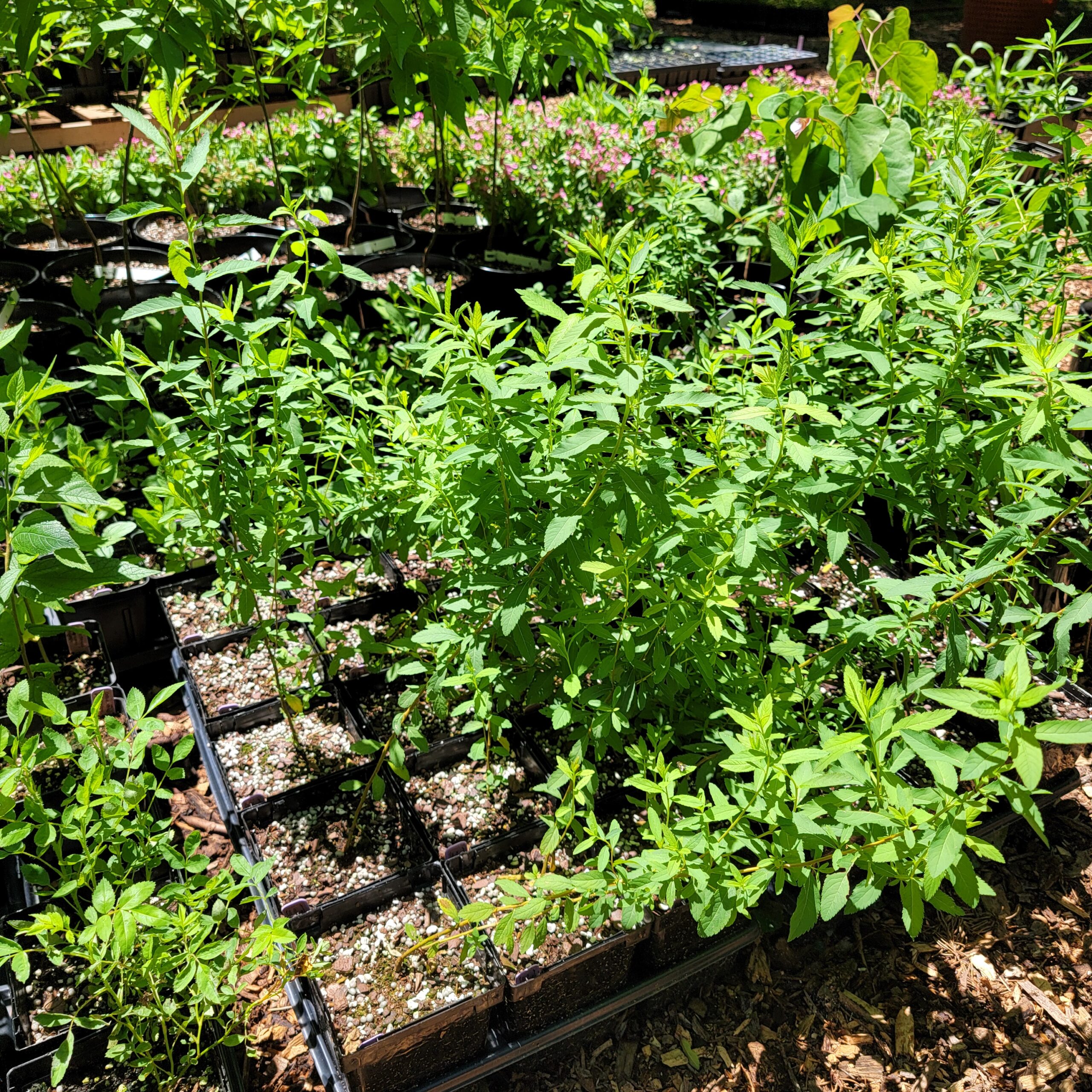
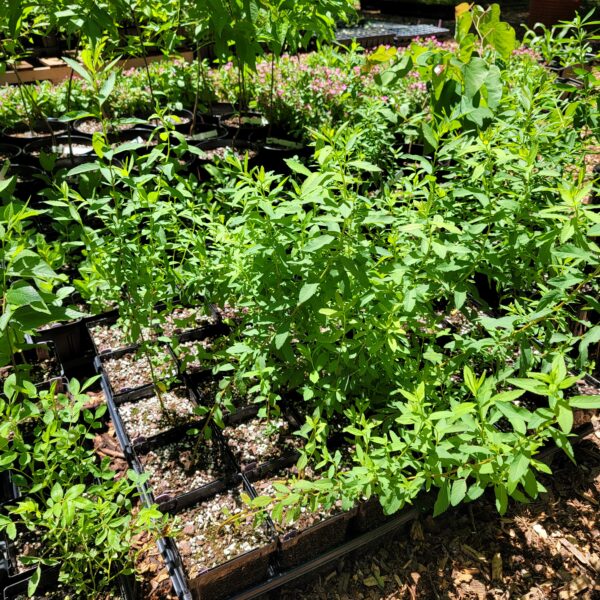




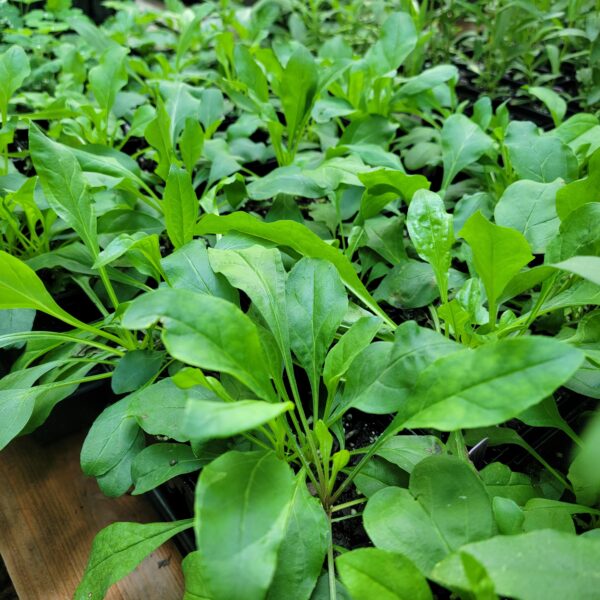
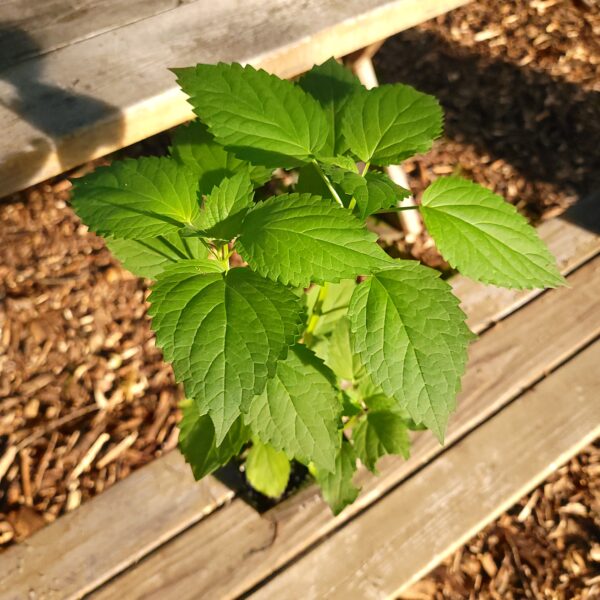



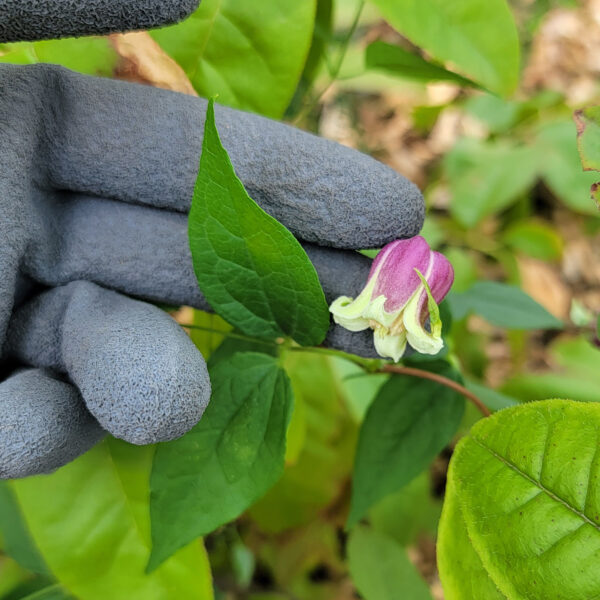

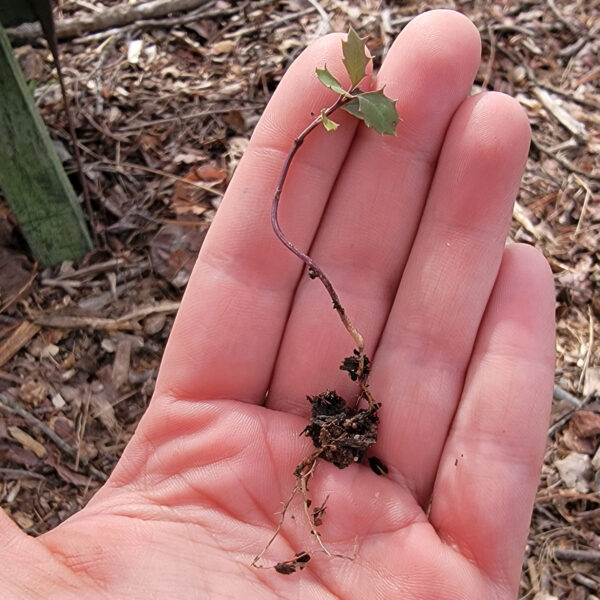
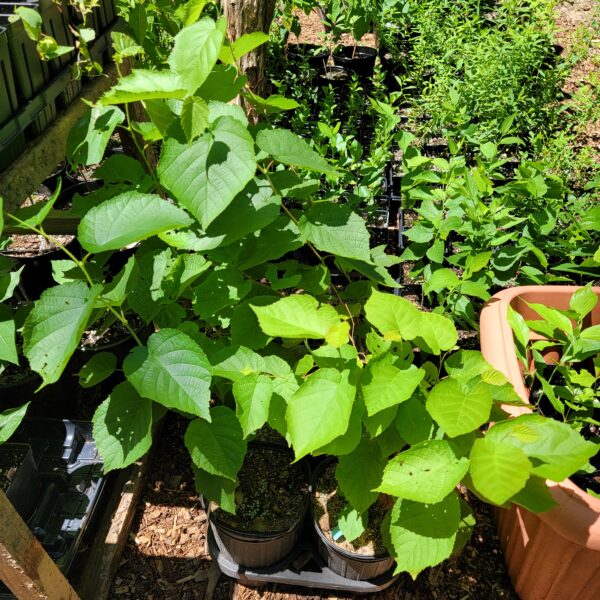
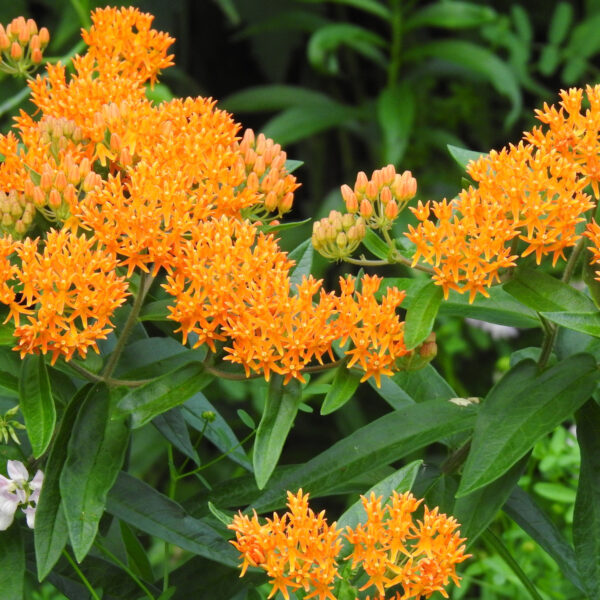
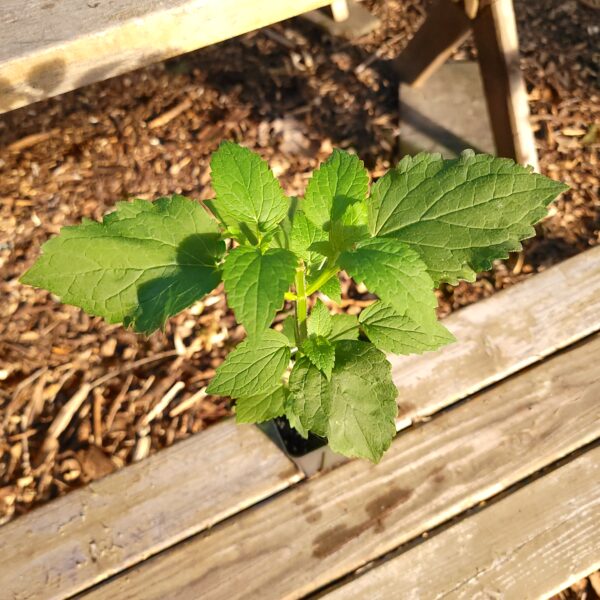





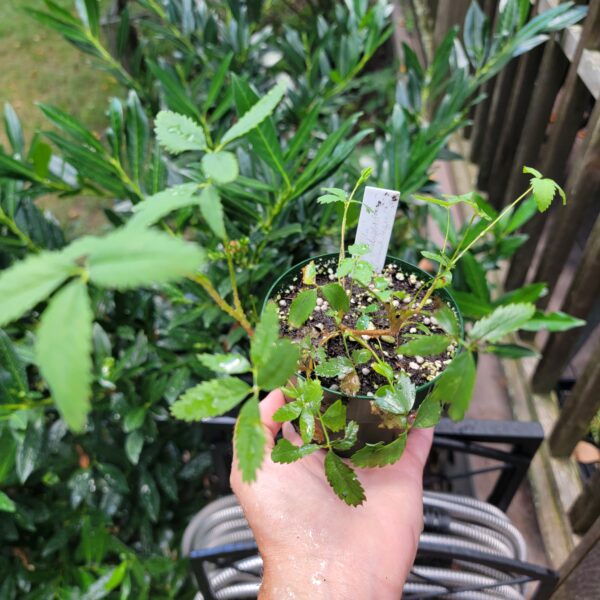
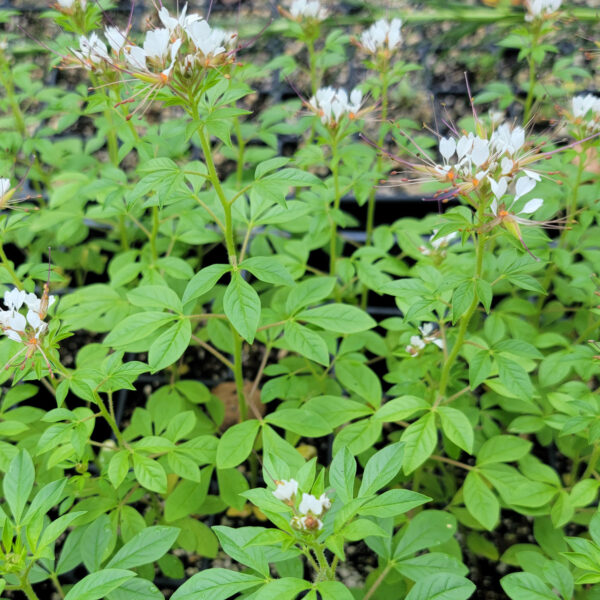
Reviews
There are no reviews yet.